General Historical Elements
The history of the creation of settlements in the area that is now identified with the boundaries of the Municipality of Kavala starts from the prehistoric times and reaches up to the modern age. Elements of our immaterial and material cultural heritage, such as myths, oral testimonies, archaeological finds, Greek and foreign language archive sources, contribute to the reconstruction of the region's history. Historical events such as the Philippi battle, the arrival of Apostle Paul, the foundation of the first Christian church in Europe and the baptism of the first European Christian, the first strikes in the Balkans, etc., majestic ancient, Byzantine and newer buildings, such as the ancient theater, the Philippi basilica, the octagon, the ancient Egnatia, the "Kamares", the Acropolis, the Imaret, etc., and important personalities such as Philip II the father of Alexander the Great, Apostle Paul, Muhammad Ali et al., make the history of the Municipality of Kavalas known worldwide, while cause and invite residents and visitors to get to know her.
The triple name of Kavala (Neapolis, Christopolis, Kavala) corresponds to different historical periods, the ancient, Byzantine and the modern ones respectively.
Prehestoric Times
The first traces of human presence and activity in the area of today's Municipality of Kavala date back to the prehistoric times and specifically in the Neolithic era (~ 6.200 BC) and are located at Dikili Ta (= standing stone in Turkish) in the eastern suburbs of the modern city of Krinides. It is the prehistoric settlement that took its name from the marble tombstone of the Roman official C. Vibius Quartus that dominates the area. It is noteworthy that this settlement "has found the oldest wine marker in Europe so far".
In the area of the current city of Kavala, two prehistoric sites were located, Antissara in the area of today's Kalamitsa and Perigiali on a low hill east of the city, where a small settlement of the early Bronze Age was found. Traces of early Iron Age inhabitation have been identified on the Panayia peninsula. The archaeological finds of the time refer to the case of the presence of Thracian races in the region (Sotras, Sapai, Hadonoi).
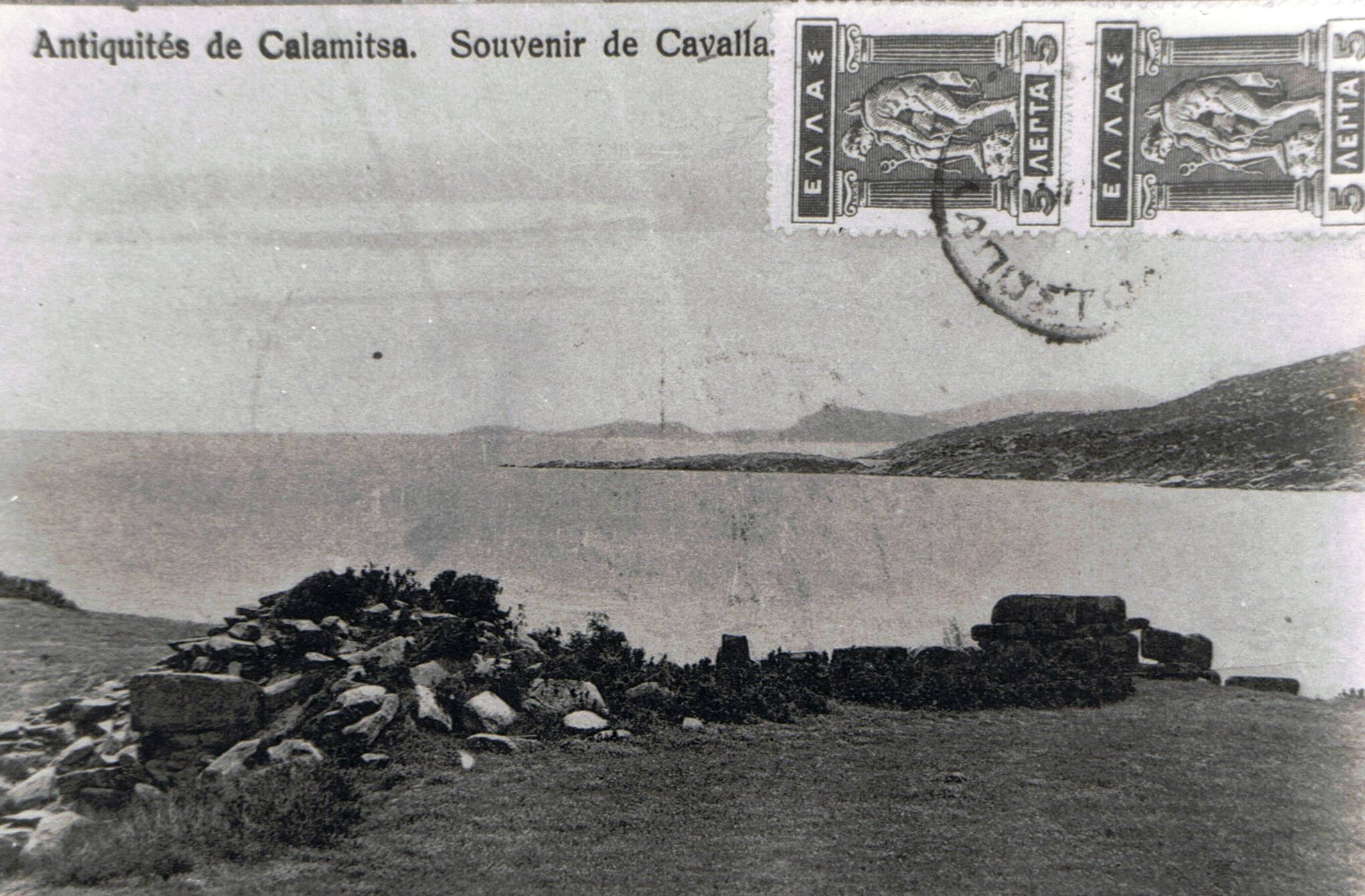
Ancient Times
Two important cities, Neapolis and Krinides (later Philippi), are now established in the area of today's Municipality of Kavala. Their course is presented below.
The second half of the 7th century BC the inhabitants of Thassos, settlers themselves from Paros, founded Neapolis on the peninsula (today) of the Virgin Mary in their attempt to penetrate the opposite Thracian beach; this happened after long-lasting wars against the Thracian races.
About the end of the 6th century BC Neapolis is independent of its metropolis and produces its own currency, while at the end of the 6th and early 5th cent. was probably conquered by the Persians.
Neapolis was a member of the 1st and 2nd Athenian Alliance, while in the Peloponnesian War he stood by the side of Athens and remained allied to her conquest by the king of Macedonia Philip around 350 BC. Neapolis, as part of the Macedonian state, became a port of Philippi and seems to have led to a decline.
Late 2nd century BC Naples was upgraded to a major station on the Roman Via Egnatia. During the Hellenistic and Roman times, the port of Neapolis was the end of the sea road Alexandria Troodas-Thessaloniki, connecting Philippi with the east. In 42 AD. in the port of Neapolis anchored the fleet of Democrats Cassius and Brutus, Caesar's assassins for the battle of Philippi. Around 49 AD Apostle Paul disembarked in the port of Neapolis and following Egnatia Street he went to Philippi. There he declared the new religion.
The city of Philippi was founded in 360-359 BC. with the name Krinides as a colony of the Thassians by the Athenian orator and political Kallistratos. In 356 BC the inhabitants of Krinides threatened by the Thracians sought the help of King Philip II of Macedonia, who then conquered the city and gave it his name. Philippi was an important economic center of the Kingdom of Macedonia. In the Hellenistic period, the Philippi included fortification walls, theater, public buildings and private homes. The construction of the Egnatia road through the city in the 2nd century BC demonstrated its geostrategic importance and enhanced its development.
The Battle of Philippi in 42 BC was a milestone in the history of the city and the Roman Empire. It was carried out outside the western walls of the city, where Octavian's and Marcus Antonius's army defeated the Democrats Brutus and Cassius, stamping the end of the Roman Empire. Antonios in 42 BC turned the city of Philippi into a Roman colony (Colonia victrix Philipensium), while in 31 BC Octavian reestablished the Colonia Augusta Iulia Philippensis Roman colony.
Around 49 AD Apostle Paul founded the first European Christian church in Philippi and baptized the first European Christians (Lydia et al.), thus playing an important role in the spread of Christianity.
.jpg)

Byzantine Times
The testimonies about the history of the early Christian Neapolis and Byzantine Christopolis are scarce and fragmented. In the 4th century AD Neapolis is referred to as the Egnatia Highway station, while in the 6th century it was one of the cities that repaired its walls and was in the Illyric District. The first evidence of her name change was found in the 8th century (746). Beginning of the 9th century Christopoli was an important Byzantine castle - the last line of defense of the Empire in the attacks of the Bulgarians and others. in the area. In 926 its walls were rebuilt by Stromonas Vasilos Kladonas general strategist. In 1097, the troops of the first Crusade passed from Christopolis.
In the middle of the 12th century, the Arab geographer, Intrisi, passing through Christopoli, points to his fortified position and naval trade. An important event in the history of Christopolis is its burning and destruction by the Normans in 1185. In the period 1204-1224 Christopoli came into the hands of the Lombards by experiencing a short Frankish occupation. Then in 1225 the city came to Greek rulers and fell under the rule of Theodoros Komninos of the Despotate of Epirus until 1230. In 1242 Ioannis III Doukas Batatzis of the Empire of Nicaea captured Christopolis. In 1261 the bishopric of Christopolis was promoted to an archdiocese and then to a Metropolis.
In 1306 the Catalans failed to excavate the city. Andronikos II Palaiologos built the "long wall" of Christopoleos to prevent the Catalans from returning to Thrace. The 1500-meter-long dilapidation began over the "Kamares" and reached the top of the hill where the old hospital (formerly Sanatorio) is located. Today there are only ruins of individual towers.
Christopoli remained under Byzantine rule until about 1380. But the Turks had dominated the mainland of eastern Macedonia and were in front of the gates. In 1383 the city was handed over to Evrenos Bey and fell under the rule of subordination, probably under the command of Manuel Palaiologos. In 1391, Christopole was besieged again, captured and surrendered by the conquest of its conquerors.
In 1425, the castle of Christopoulos was captured for a short time by 10 Venetian galleys, which were then expelled by powerful Ottoman forces. So the curtain fell in the Byzantine period of the city's history.
The city of Philippi in the 5th and 6th c. has flourished and turned into a center of Christian worship. In the early 7th cent. the city's population has fallen due to strong earthquakes and Slavic raids. In Byzantine times he survived as a fortified fortress, while in 1387, with the occupation of Thessaloniki by the Ottomans, the region of Philippi was finally incorporated into the Ottoman Empire.

New Years
The newest name of the city of Kavala appears during the early Ottoman rule and begins to prevail in the second half of the 15th century. Kavala begins to acquire the infrastructure and functions of a city in the early 16th century. In the 1520s Sultan Suleiman of the Magnificent created large-scale infrastructure projects. These include the radical repair of the old aqueduct (Kamares), the reconstruction of the old perimeter walls of the peninsula and the construction of the new enclosure with which the city limits extend, the consolidation of the acropolis and the addition of its outer enclosure, külliye (a complex of public buildings) by Ibrahim Pasha with a mosque, madresse, meteb (school for small students), imaret, meszit (small mosque), tekke and zavije (monastery and dervishes), hammam and heklibanane (public fountains). There were also built hans, shops, workshops, warehouses and a big caravan serai (inn).
At the same time, the population of the city grows with a program of organized settlements. In the region of Kavala, Muslims are transported from Asia Minor (Yuruks and Konarios), and around 1527-1528 Jews are forced to move from areas of Hungary to stimulate their commercial activity. Apart from the settlements, they also became Islamic, forced or deliberate. As a result, the spectacular growth of the population and the diversification of its composition were on the one hand.
In the 16th century, Kavala emerged as a center of autonomous administrative unity. In 1573, it is already the seat of a kaza (sub-administration) that includes the surrounding villages (Dato, Kryoneri, Lekani etc). Around 1600, it was promoted to a capital of Sajzhi (administration), which included seven kazadas from Strymon to Nestos and to the north to the Bulgarian regions.
From the 15th century until the beginning of the 19th century, Kavala and its area were plundered by piratical raids of corsairs, fleets of Italian cities, and christian feasts of the West. In this context, in 1684 the Venetians bombed Kavala and tried to understand it without success. In 1771 Kavala was plundered by the Russian fleet, who approached the city and grabbed all the grain that existed in private and public warehouses of the harbor.

The geostrategic position of Kavala and its port has helped to act as a transit trade center as early as the first period of Ottoman domination. In the 18th century commercial activity increased, mainly due to European penetration. In 18th and 19th centuries, foreign consular authorities and trade offices were set up and operated in Kavala (eg the consulate of France, the consulate of Venice, the Austro-Hungarian Empire, the consular agency and then the sub-consulate of Greece, the British sub-consulate, the Sardinian Consulate , consulates in Italy, Prussia, Germany, Russia, the Netherlands-Netherlands, Spanish consulate, Allatini Brothers). The installation of all these European consular authorities in Ottoman Kavala was linked to the orientations of European trade and the penetration of European capital into the Ottoman East and created the conditions for the economic boom of the city and its region. The great development of Kavala begins in the middle of the 19th century. The hinterland is specialized in the cultivation of tobacco, which has an enormous demand, the city gathers the services dealing with the processing of the tobacco affairs of the wider region and the harbor becomes a center of processing the product and its movement to the overseas markets.
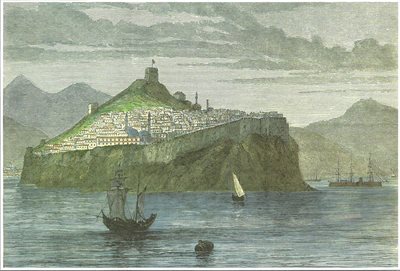
Commercial development transforms the insignificant town into a robust city within a few decades. Kavala becomes a pole of attraction for Greek, Jewish and European merchants, and for workers looking for work in the tobacconist. Its population is rapidly rising. In the 1810s (~ 1813), the Kavala-born regent and reformer Mohammed Ali founded the külliye, a religious, educational and philanthropic institution in his hometown.
Kavala participated in the national liberation struggle of 1821 with fighters fled and fought in southern Greece, such as Theodoros Kavaliotis, Hilarion Karatzoglou and Nikolaos Kayiasas. During this period the inhabitants of Kavala suffered beatings and violence.
At the beginning of the 20th century in Kavala we find the Greek Orthodox Community, Ottoman, Jewish, Roman Catholic and Armenian.
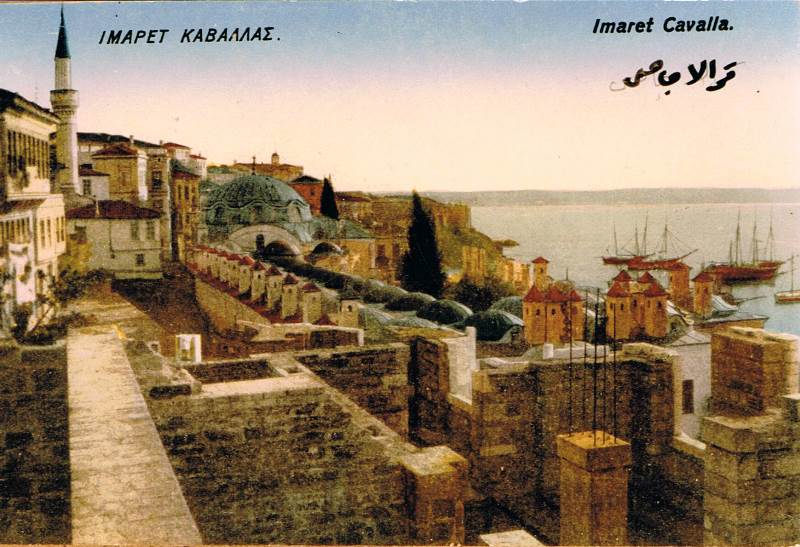
The beginnings of the Greek Orthodox Community in the mid-19th century are located at the southern tip of the Mahala peninsula, around the church of Our Lady. The Greek Orthodox Community takes the decision to leave the fortress and expand the city to the west in 1864. Permission is finally given and the current quarter of Saint John, purely Greek Orthodox Christian, is being created.
At the same time, the Hellenic Consular Agency established in Kavala in 1834 was upgraded to a Sub-Consulate (1867) which operated until 1913. The Sub-Consulate served the commercial interests of the Greeks and protected the national interests of Hellenism, offering even during the Macedonian struggle valuable national services.
At the end of the 19th century, the first and largest workers' strike (5000) workers took place in Kavala across the Balkans.
Also important was the contribution of Kavala to the Macedonian Struggle both through important spiritual personalities and chieftains such as Nikolaos Filippidis, poet Ioannis Konstantinidis, Ioannis Dragoumis, Petros Ioannidis, Periklis Drakos.
Kavala in the first half of the 20th century suffered three Bulgarian possessions:
During the First Balkan War and in particular in October 1912 Kavala was occupied by the Bulgarians (the first Bulgarian occupation). On 26-6-1913 (2nd Balkan War) Kavala was liberated from the Greek fleet that was anchored in Thassos under Admiral Pavlos Kountourioti while the advance of the 7th Greek Army Division in the city expelled the Bulgarians from it. Kavala was incorporated into the national body by the Treaty of Bucharest (28-7 / 10-8-1913).
In World War I and in particular on 30-8-1916, the Bulgarians again took over Kavala (the second Bulgarian occupation). Kavala was liberated by the Bulgarians in 1918 after two years of tough occupation - the second occupation was harder than the first.
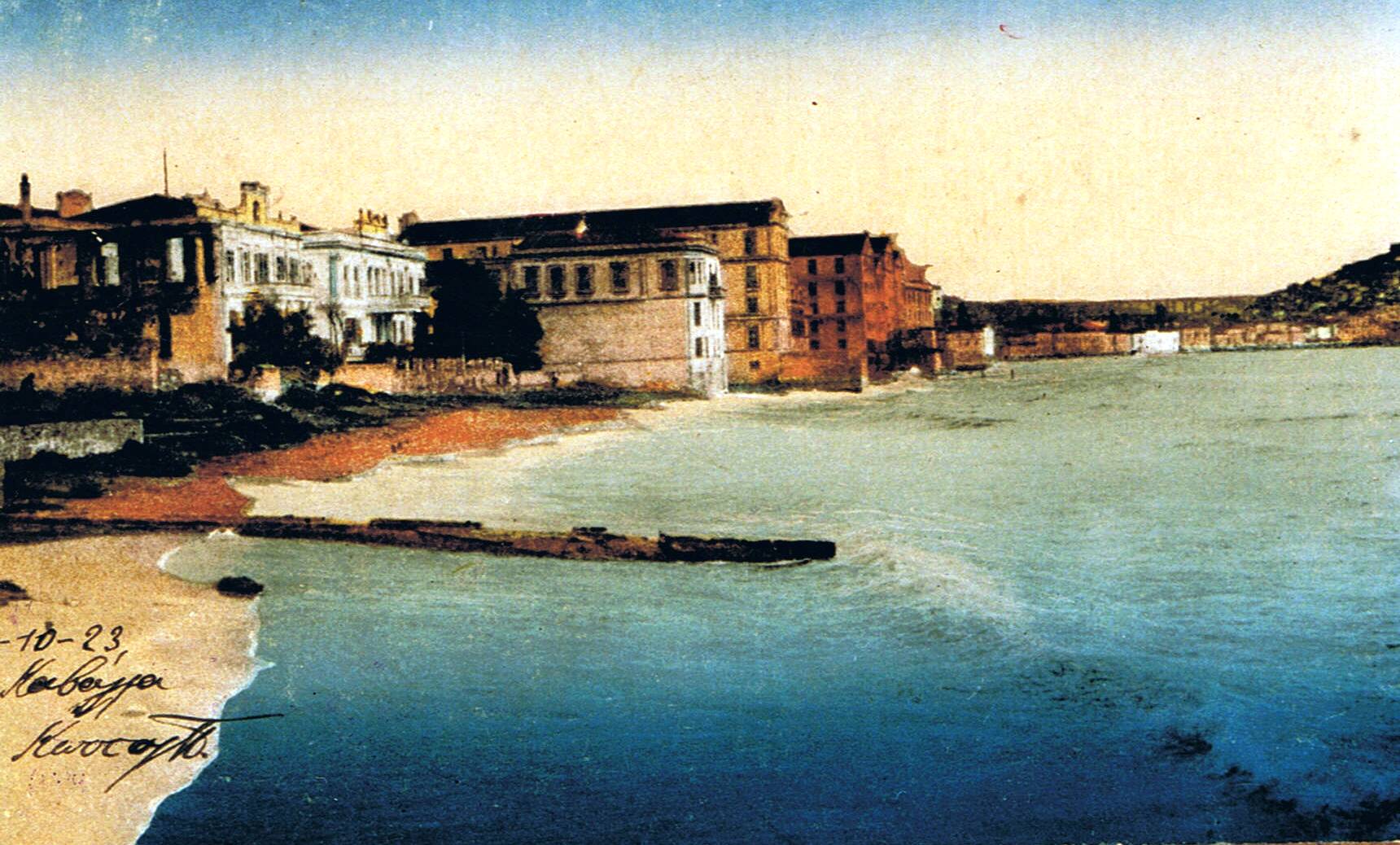
In November 1918 the Municipality of Kavala was founded by the Royal Decree, which belonged to the Prefecture of Drama as "Kavala subdivision".
Kavala has received a significant number of refugees in the 1910s and 1920s in particular, while the Muslim residents were forced to leave the region under the 1923 Exchange of Greek and Turkish Populations. It then followed a different era of development for the city with the refugee workforce as the driving force.
In February 1934 Kavala elected the first Communist mayor in the history of Greece, the smoker trade unionist Dimitrios Partsalidis. In 1935 Kavala was bombed by the government fleet as the seat of the Venizelian movement.
The war of 1940-41 and the third Bulgarian occupation, which was imposed on Kavala after the defeat by the Germans and the rendition of the region of Eastern Macedonia to the ally of Nazi Bulgaria, led to a new painful adventure of the city's inhabitants. With a long delay in the rest of Greece in the early 1944, a resistance movement developed in the region. Eventually, on 13 September 1944, a few days after Bulgaria changed its leadership and moved to the allied camp, forces of the 26th ELAS Constitution (the Hellenic People's Liberation Army, a military branch of the National Liberation Front - EAM) liberated Kavala.
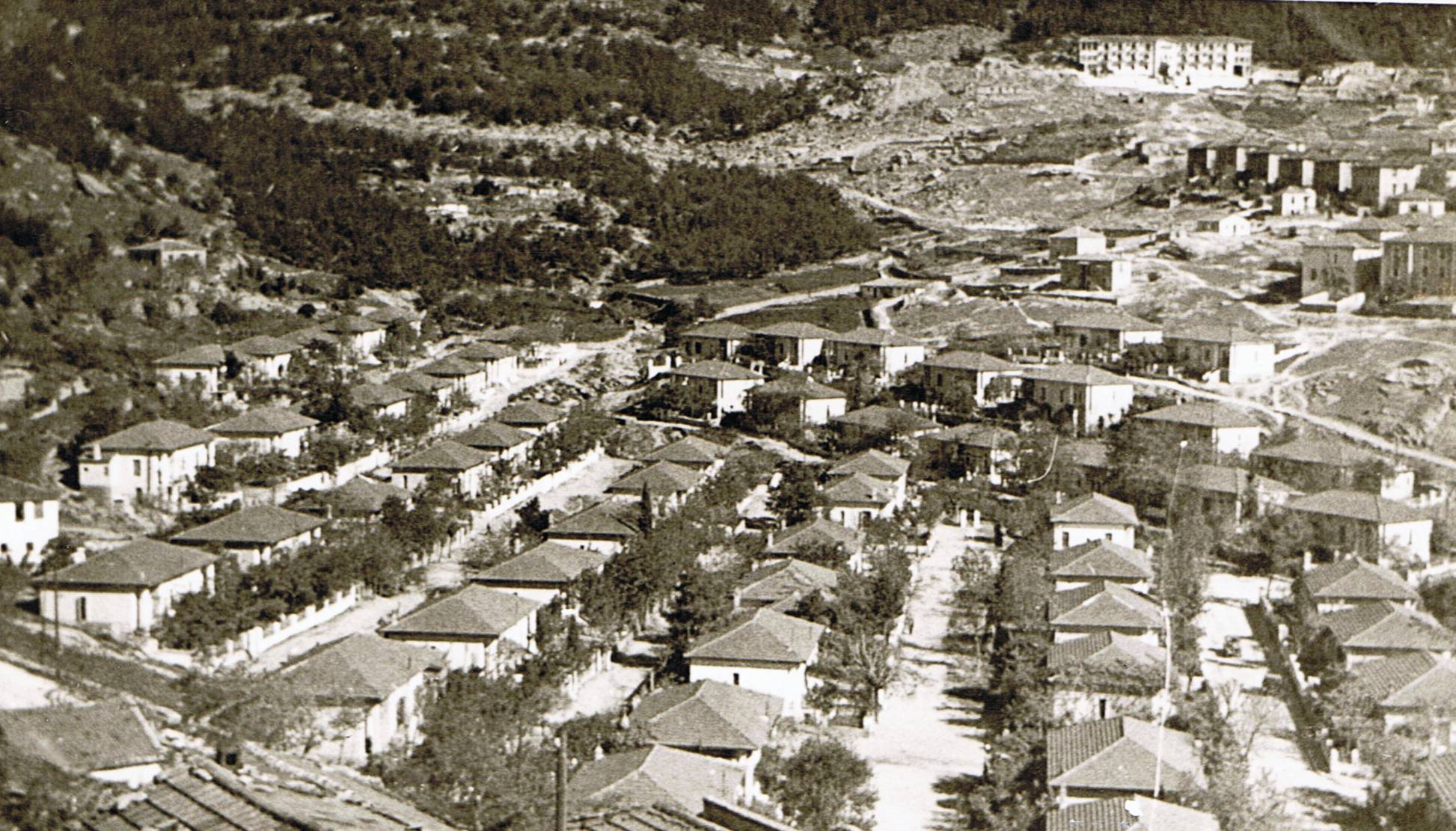

BIBLIOGRAPHY
Apotas, K. 2006. The religious communities of Kavala from 1850 to 1950. Kavala: Municipal Museum of Kavala.
Karagiannakidis, N., K. Likourinos. 2009. Neapolis – Christopolis - Kavala. Travel to the old town and time. Kavala: Municipality of Kavala.
Kougioumtzoglou, D. 2014. "From Ancient Neapolis to Byzantine Christopolis: twenty - centuries twists of history: an educational proposition" in the Proceedings of Local History Seminars, K. K. Odtas, V. Lolidis. B. Kavala: Municipality of Kavala. pp. 87-143.
Lykourinos, K. 2017. "The Foreign Ministries in Kavala (1700-1912)", at http://lykourinos-kavala.blogspot.gr/2017/01/
Lycurinos, K. 1998. "The Hellenic Consulate-Sub-Consulate of Greece in Kavala (1835-1878)", Shed 10: 145-73.
Boskou, E. 2014. "The Biography of Muhammad Ali (1769-1949)" in the Proceedings of Local History Seminars, K. K. Odtas, V. Lolidis. B. pp. 255-86. Kavala: Municipality of Kavala.
Chionis, K. 2000. A brief history of the city of Kavala, Philippi and Thassos. Kavala: Municipal Museum of Kavala.
Hellenic Republic - Ministry of Culture and Sports. 2015. Nomination for Inscription on the UNESCO World Heritage List - Archaeological Site of Philippi. Athens: Archaeological Receipts Funds.
Sève, M. 2014. 1914 - 2014. Philippes-Philippi-Philippi. 100 de de recherches françaises. 100 years of French research. 100 Years of French Research. Athène: French School at Athens and Melissa.